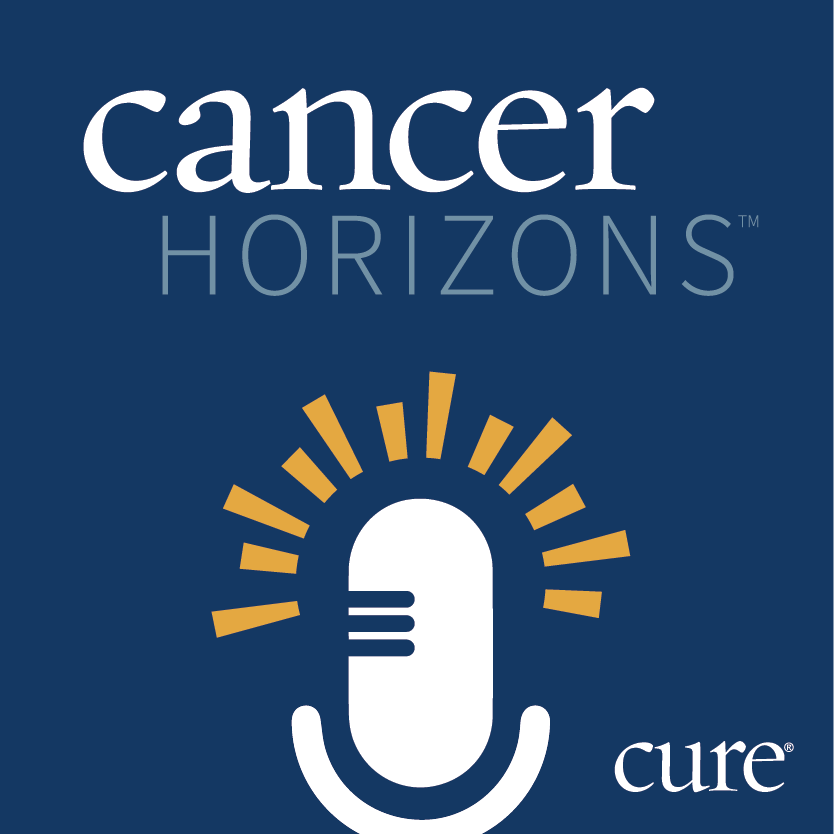News
Article
Nubeqa Combo Improves Outcomes in Metastatic Prostate Cancer
Key Takeaways
- Nubeqa with androgen deprivation therapy reduces radiological progression risk by 46% and death risk by 19% in metastatic hormone-sensitive prostate cancer.
- Nurses are essential in educating patients on treatment efficacy, safety, and quality of life impacts.
Nubeqa plus hormone therapy improved outcomes in metastatic prostate cancer, reducing disease progression and showing a favorable safety profile.
Nubeqa plus hormone therapy improved progression-free survival and delayed PSA progression in metastatic prostate cancer with manageable side effects.

While the addition of Nubeqa (darolutamide) to androgen deprivation therapy proved clinically beneficial among patients with metastatic hormone-sensitive prostate cancer, the nurse’s role in educating patients on its effect and its safety is key, according to Brenda Martone, registered nurse and advanced practice provider.
At the 50th Annual Oncology Nursing Society Congress, safety and efficacy data from the phase 3 ARANOTE study were shared with oncology nurses so that they can better educate, and counsel patients being treated with this approach. The data, which were shared in a poster and previously presented, underscored that the Nubeqa combination (446 patients) resulted in a 46% reduction in the risk of radiological progression or death versus placebo and androgen deprivation therapy (223 patients). The median radiological progression-free survival in these respective arms was not reached versus 25 months, respectively. The 24-month radiological progression-free survival rate was 70.3% with Nubeqa versus 52.1% without it.
A positive trend in overall survival was also observed, with Nubeqa plus androgen deprivation therapy leading to a 19% reduction in the risk of death versus androgen deprivation therapy alone. Moreover, the Nubeqa combination led to a 60% reduction in risk of progression to metastatic castration-resistant prostate cancer; the median time to metastatic castration-resistant prostate cancer in these respective arms was not reached and 13.8 months.
A higher proportion of patients in the Nubeqa arm achieved undetectable prostate-specific antigen, defined as less than 0.2 nanograms per milliliter, versus those in the placebo arm, at 62.6% and 18.5%, respectively. The addition of Nubeqa to androgen deprivation therapy also delayed time to prostate-specific antigen progression, leading to a 69% reduction in the risk of prostate-specific antigen progression. The median time to prostate-specific antigen progression in the Nubeqa arm was not reached versus 16.8 months in the placebo arm.
Lastly, Nubeqa demonstrated clear benefits over placebo in terms of time to pain progression, an important patient-relevant end point. The median time to pain progression was not reached with Nubeqa versus 29.9 months without, translating to a 28% reduction in the risk of pain progression.
“When discussing treatment options with patients, it is important to consider efficacy, safety, and the impact of treatment on patients’ quality of life, and nurses play an important role in providing education to help patients manage disease symptoms and treatment side effects,” Martone, of Northwestern University, Feinberg School of Medicine in Chicago, and colleagues wrote in a poster of the data. “Together with the positive results of the phase 3 ARASENS study, the findings from ARANOTE provide the option to select treatment in metastatic hormone-sensitive prostate cancer with and without Taxotere to meet patients’ individual needs and preferences.”
Safety Spotlight
The incidence of side effects was reported to be low and comparable between the treatment arms. Any side effects were experienced by 91% of those in the Nubeqa arm versus 90% of those in the placebo arm; grade 3 (severe) or 4 (life-threatening) side effects were experienced by 30.8% and 30.3% of patients, respectively. Moreover, serious side effects were reported in 23.6% of those who received Nubeqa plus androgen deprivation therapy versus 23.5% of those who only received androgen deprivation therapy.
Notably, a smaller proportion of patients in the Nubeqa arm experienced side effects that led to treatment discontinuation versus those in the placebo arm, at 6.1% versus 9%, respectively. Authors underscored that this is a “measure of drug tolerability.”
Moreover, the incidence of side effects linked with androgen receptor inhibitor therapy was low in both arms. Side effects included hypertension (Nubeqa, 9.4%; placebo, 9.5%), vasodilation or flushing (9.2%; 7.2%), diabetes or hyperglycemia (9%; 9.5%), cardiac arrhythmias (8.8%; 6.8%), fatigue (5.6%; 8.1%), rash (4.3%; 3.6%), bone fracture (4%; 2.3%), coronary artery disorders (3.6%; 1.4%), mental impairment (1.6%; 0.5%), falls (1.3%; 0.9%) and heart failure (0.9%; 0.9%).
For more news on cancer updates, research and education, don’t forget to subscribe to CURE®’s newsletters here.




